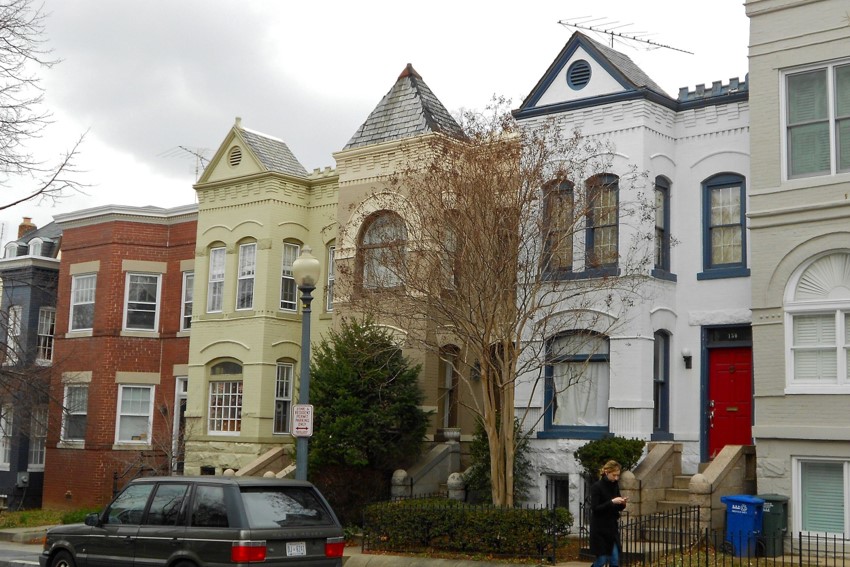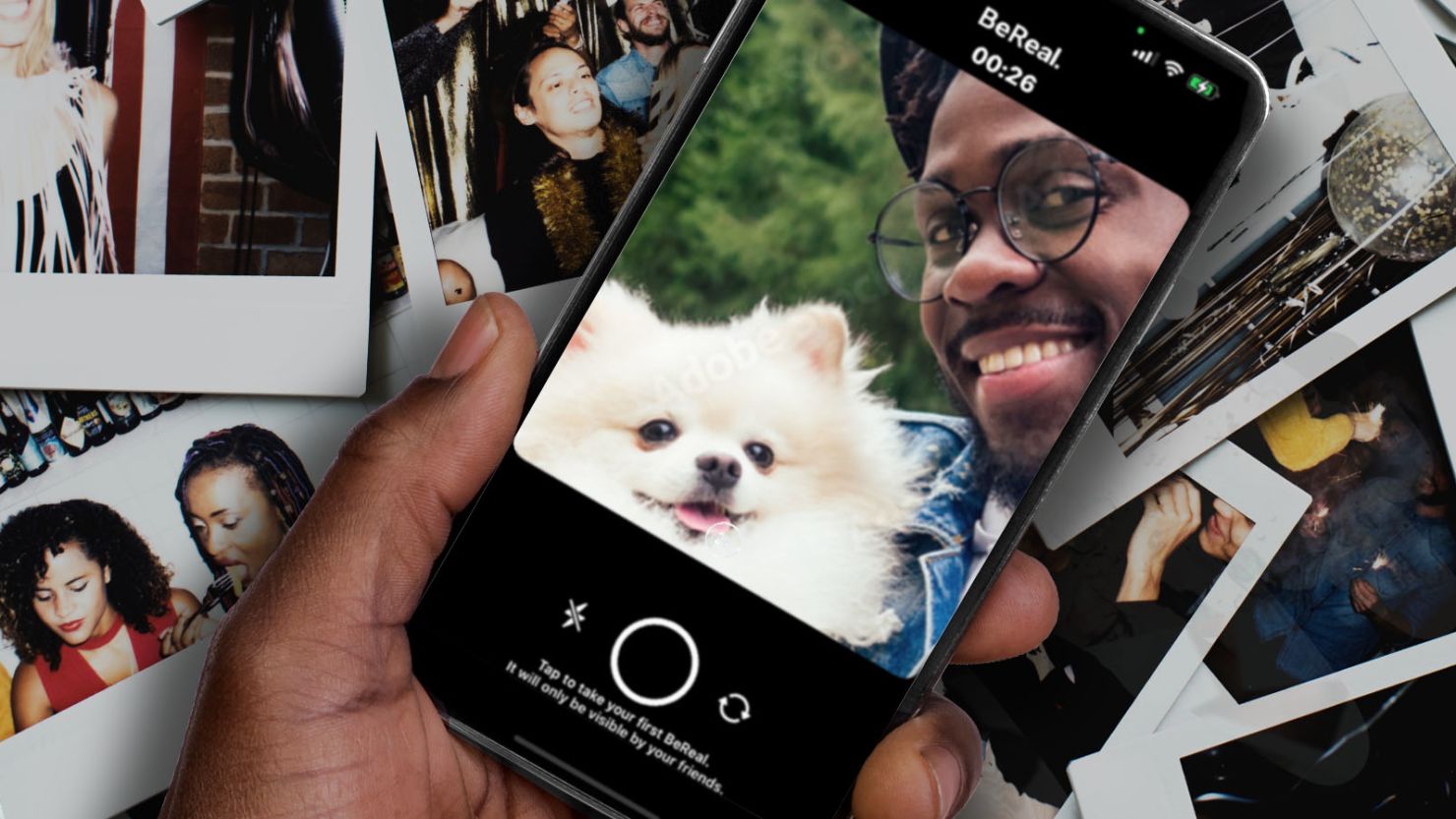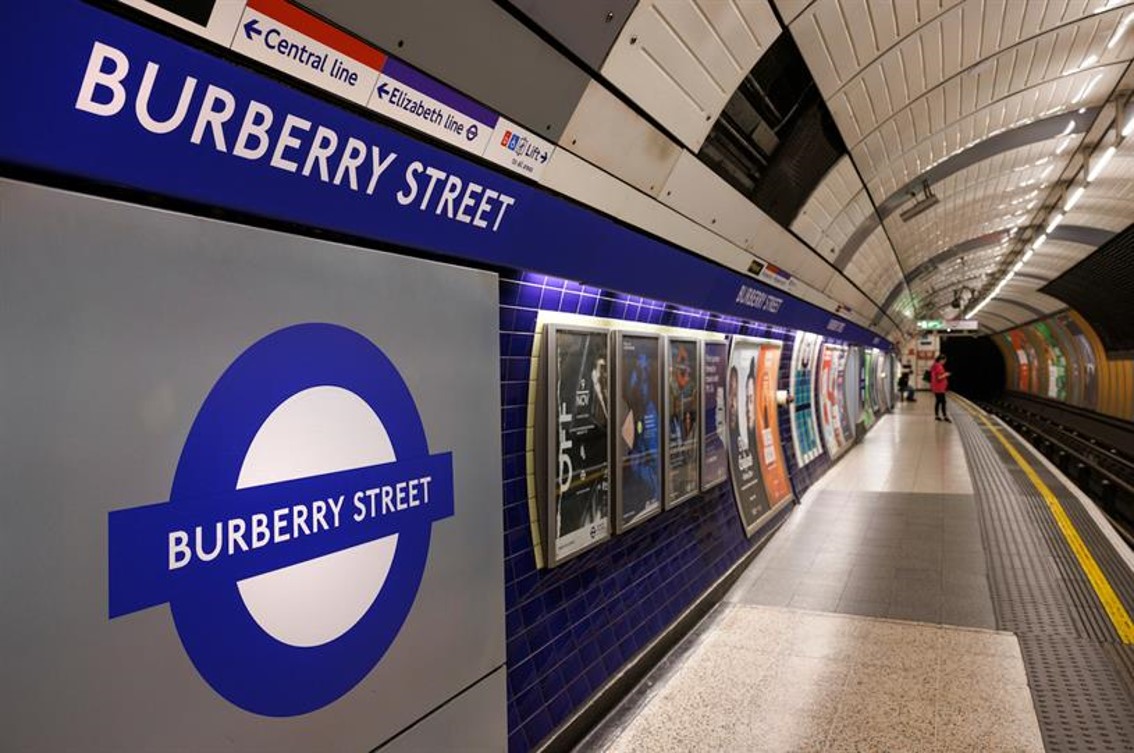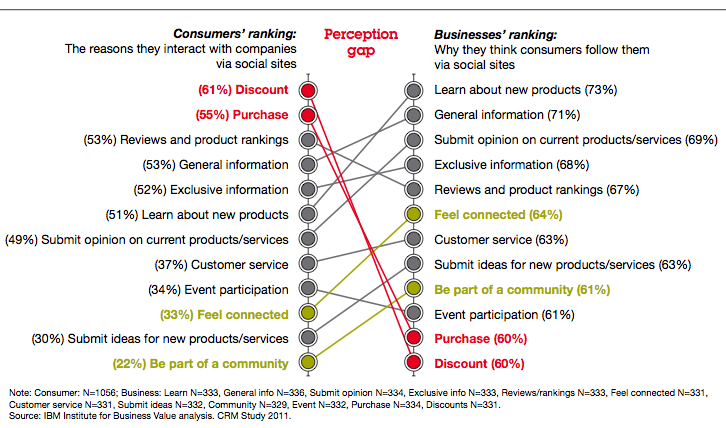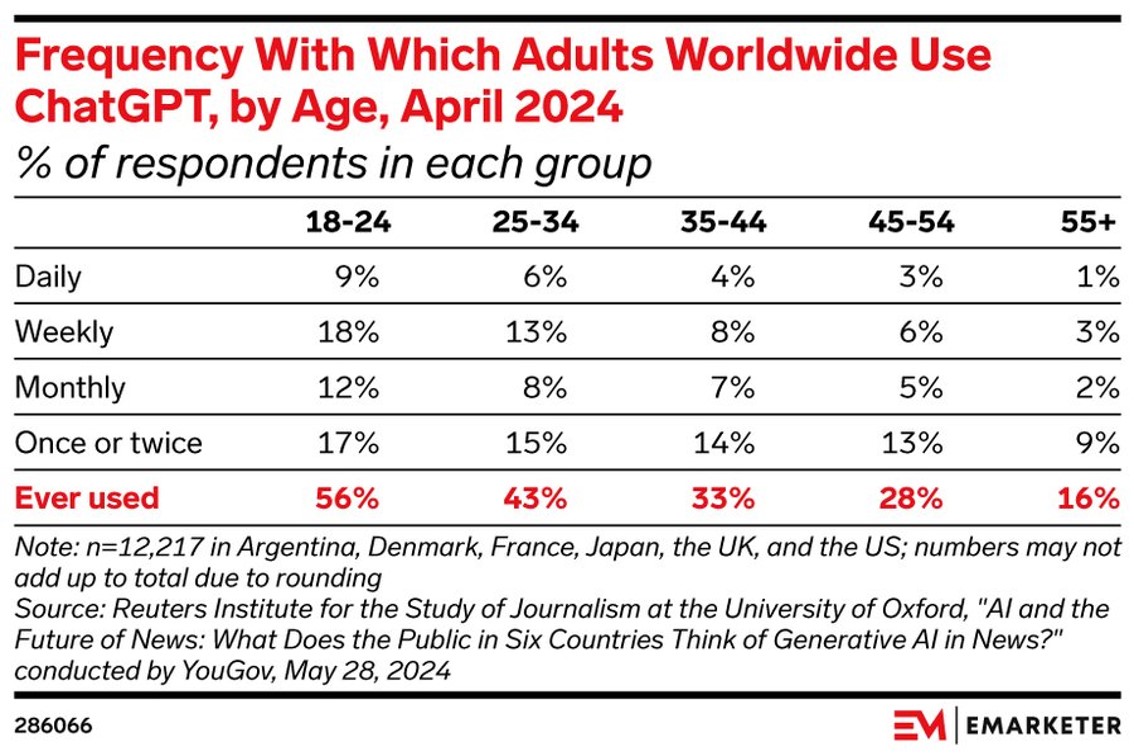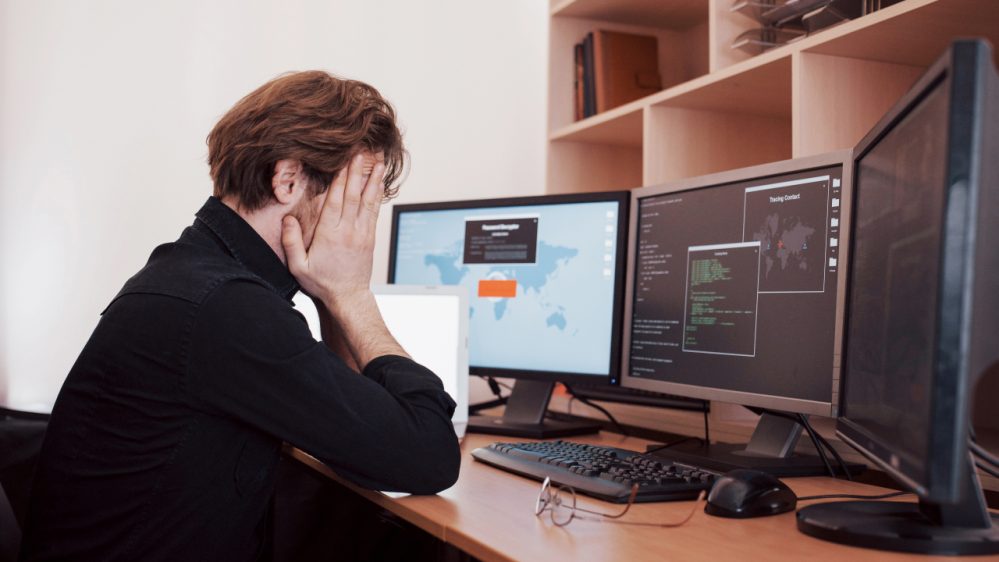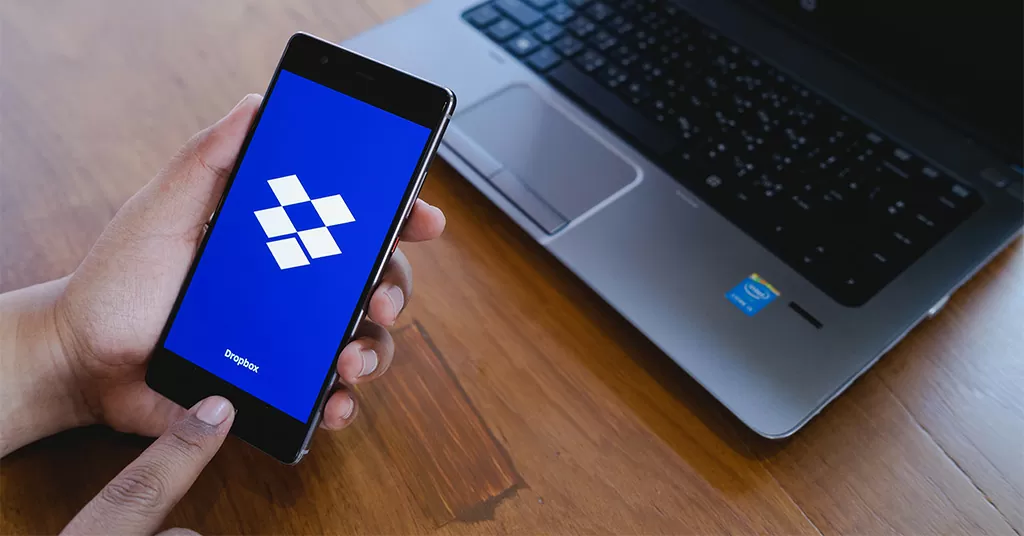In the 90s, an American charity made pencils with the anti-drug slogan “Too Cool to Do Drugs” but had to recall them because, when sharpened, they read “Do Drugs.”
You are not the consumer
The longer you work in marketing the more detached you become from the people you serve.
A survey by psychologist David Halpern found that while most students preferred traditional building styles, architecture students were the outlier. In fact the longer they studied architecture, the more their preferences diverged from the general public.
If you look past the hype, BeReal is actually pretty niche: it has 2 million users in the UK, far less than Pinterest or even Nextdoor, and 70% of them are 18-24.
Transport For London temporarily renamed Bond Street station to ‘Burberry Street’, as part of a partnership with the brand during London Fashion Week. They seemed to forget that passengers rely on station signage to get around, and the stunt left many confused (and at the wrong station).
Marketers love to point out that consumers buy brands based on social values. But the truth is most consumers have no idea what these values are. On average, 12% of consumers can spontaneously link a brand to its social cause. And even when shown a list of social causes, only 24% link a brand to the correct one.
People follow brands on social media to buy products and save money, not to feel deep connection – as marketers assume.
ChatGPT may dominate conversations on LinkedIn, but it’s still relatively niche: even among 18-24s, its biggest audience, only a quarter use it at least weekly.
In a large scale study across OECD countries, 26% of the adult population were unable to use a computer – a stark reminder that your audience is not always like you.
In the early days of Dropbox, 60% abandoned the service and the team couldn’t figure out why. So they offered $40 to a man on Craigslist to use it in person, and quickly found people couldn’t understand seemingly basic features.
Oscar winners are becoming less successful at the box office. In other words, a growing gap between what critics rate and what audiences want to watch. Reminiscent of advertising?
Ad people are much more likely to use social media than the general public. It’s no wonder that so many marketers overestimate its effectiveness within the media mix.
During Covid-19 it felt like everyone was working from home. But this was a classic case of marketing myopia. Even at the height of the pandemic, less than half of British workers did so from home.


